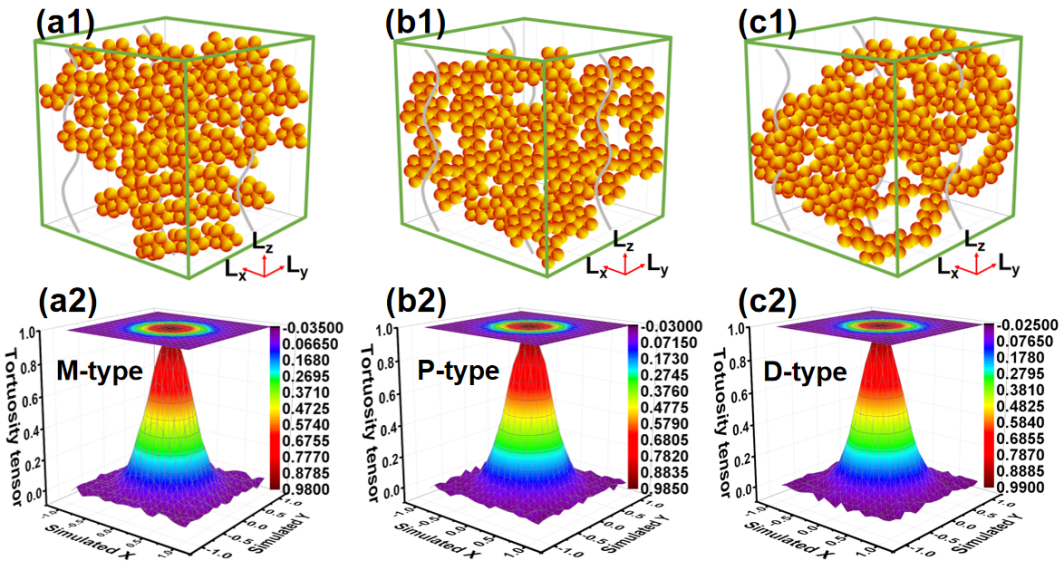Recently, the research team led by Professor Zhubing Xiao from Henan Key Laboratory of Photovoltaic Materials made significant progress in high-performance lithium-sulfur batteries. The paper entitled “Hierarchical Assembly of CNTs-VSe2-VOx/S for Flexible Lithium-Sulfur Batteries” was published in the internationally renowned academic journal ACS Applied Materials & Interfaces (impact foctor: 9.229).
Lithium-sulfur (Li-S) batteries have attracted extensive attention owing to their high theoretical capacity and low cost of sulfur. Although the areal capacity of the current sulfur cathode has moved beyond 4.0 mAh cm-2, an intractable issue remaining is how to simultaneously promote the volumetric performance, a pivotal metric for electric vehicles or portable devices. Therefore, constructing highly conductive compact sulfur cathode composites with shorter ion diffusivity lengths is vital for achieving comprehensively superior electrochemical performance under a high mass loading condition. Guided by computerization modeling, the research team report self-supporting CNTs-VSe2-VOx/S assembly with balanced tortuosity and porosity for flexible Li-S batteries. The hierarchical assembly structure of CNTs-VSe2-VOx provides an interconnected network for rapid electron/ion transport and electrolyte permeation, while the affluent active sites are suitable for efficient anchoring and catalytic conversion of sulfur species. The resultant sulfur cathodes with a low tortuosity of 2.42 and a porosity of 0.44 deliver prominent rate performance up to 37.8 mA cm-2 at an areal sulfur loading of 1.5 mg cm-2, and synchronously achieve superior areal/volumetric capacities of 11.4 mAh cm-2/1424.2 mAh cm-3 at a higher loading of 8.5 mg cm-2. More importantly, it is demonstrated that the pouch cells with a high sulfur loading of 6.0 mg cm-2 and a low electrolyte to sulfur ratio of 4.2 μL mg-1 could synchronously deliver high gravimetric/volumetric energy densities of 424.1 Wh kg-1 and 469.2 Wh L-1, as well as decent cycling behavior under arbitrary bending conditions, which provides a ponderable reference for future flexible and wearable electronic devices.
This work was financially supported by the Scientific Research Foundation for “Special Support Program for Exceptional Talents” of Henan University, Key Scientific Research Projects of Higher Education in Henan Province, Natural Science Foundation of Henan Province, Postdoctoral Foundation of Henan Province, and Graduate Education Innovation and Quality Improvement Plan of Henan University. The first author of the paper is Jing Qi, master student of 2019. Professor Zhubing Xiao is the only corresponding author.
Article links: https://pubs.acs.org/doi/abs/10.1021/acsami.1c07204
